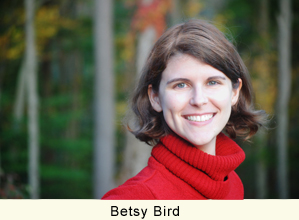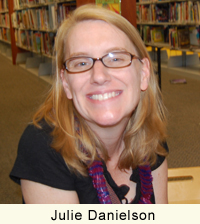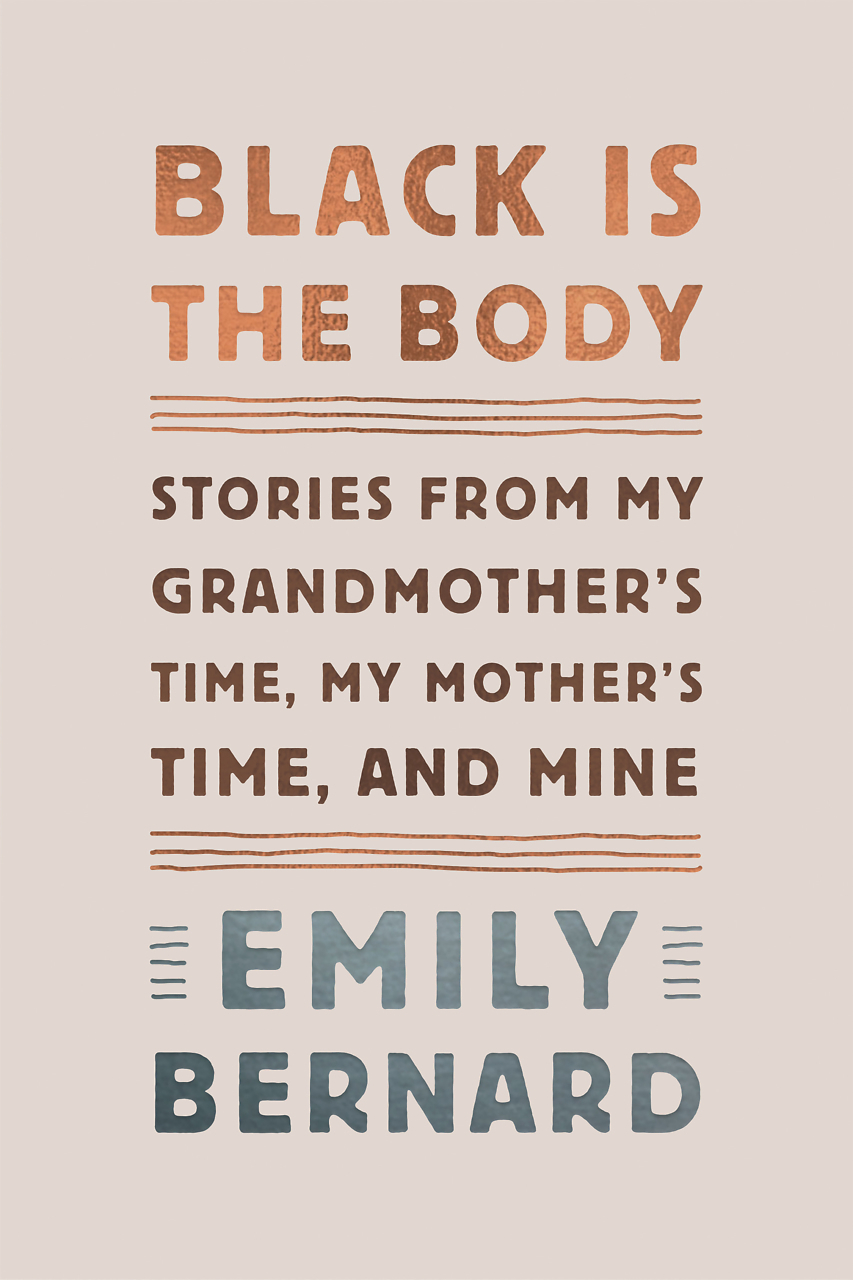Bunnies Behaving Badly
Scandal, mystery, and controversy in the “fuzzy bunny” world of children’s literature
It’s both the blessing and the curse of children’s books that adults remember them so fondly—a blessing because this fondness creates demand, and so the great ones keep getting reprinted and read; a curse because the rose-colored glasses of adult nostalgia can mask many of the most interesting and challenging aspects of these classics. The subtitle of Wild Things! Acts of Mischief in Children’s Literature by Nashville writer Julie Danielson and her co-authors, Betsy Bird and Peter D. Sieruta (who died shortly after the manuscript was finished), promises that the book will shatter those rose-colored lenses and shine a light on the often controversial aspects of children’s books, their creators, and the people who read them.
 Shatter lenses—and illusions—they do. While this is not a tell-all about the dark side of children’s books, the authors of Wild Things! do take obvious pleasure in exposing the human side of the people behind the books that children are most drawn to. Their scope ranges far, from behavior once (and sometimes still) considered scandalous on the part of beloved authors; to acts of censorship by publishers, librarians, teachers, and parents; to hidden “subversive” subtexts in books that on the surface appear all charm and innocence; and to controversies over perceived “un-American” or unethical behavior on the part of canonical characters.
Shatter lenses—and illusions—they do. While this is not a tell-all about the dark side of children’s books, the authors of Wild Things! do take obvious pleasure in exposing the human side of the people behind the books that children are most drawn to. Their scope ranges far, from behavior once (and sometimes still) considered scandalous on the part of beloved authors; to acts of censorship by publishers, librarians, teachers, and parents; to hidden “subversive” subtexts in books that on the surface appear all charm and innocence; and to controversies over perceived “un-American” or unethical behavior on the part of canonical characters.
Children’s books are perfect breeding grounds for controversy. Theories of child-rearing change rapidly, and the (usually) well-meaning adults involved in the creation of books for children reflect these theories, often by questioning and sometimes even subverting the principles espoused at the time. In bestselling children’s books, badly-behaved children (or their animal surrogates) often receive little or no punishment—Max of Where the Wild Things Are is sent to his room, true, but this is hardly a punishment, and in any case he’s quickly forgiven. Jack Gantos’s Rotten Ralph merrily wreaks havoc with nary a consequence. Why? Because, write Danielson and her cowriters, “Bad girls and bad boys … simply make kids happy.”
 Most adult readers are so accustomed to dismissing children’s books as sweet stories that they miss this subversive element. (Oddly, while Alison Lurie is mentioned several times in Wild Things! she doesn’t appear in the index, and her influential Don’t Tell the Grownups: The Subversive Power of Children’s Literature isn’t referenced.) But when this subversion is recognized, the reaction of the gatekeepers tends to be swift and overblown (never mind that book-banning mostly serves to raise the profile of a title and increase children’s determination to read it). The authors of Wild Things!, on the other hand, celebrate this element: “[S]ubversive books are mocking the ‘shoulds,’” they write, “leaving readers to draw their own conclusions.”
Most adult readers are so accustomed to dismissing children’s books as sweet stories that they miss this subversive element. (Oddly, while Alison Lurie is mentioned several times in Wild Things! she doesn’t appear in the index, and her influential Don’t Tell the Grownups: The Subversive Power of Children’s Literature isn’t referenced.) But when this subversion is recognized, the reaction of the gatekeepers tends to be swift and overblown (never mind that book-banning mostly serves to raise the profile of a title and increase children’s determination to read it). The authors of Wild Things!, on the other hand, celebrate this element: “[S]ubversive books are mocking the ‘shoulds,’” they write, “leaving readers to draw their own conclusions.”
Since children’s books—like all books—reflect the concerns of their audience, and since, as the Wild Things! authors point out, the population of young readers turns over rapidly as they graduate into adulthood, changes in society are quickly reflected in their pages, often before these changes become mainstream in adult literature. Sometimes that happens too quickly for the comfort of adults, who—when they aren’t being lulled by the “it’s just a kiddie book; nothing could be going on here” fallacy—leap on messages, either overt or hidden (and sometimes unintended by the author) in books that explore contemporary issues.
 Books featuring GLBT characters, sexually active characters, environmental activism, and certain political views have all earned the wrath of would-be book-banners, who see children’s literature as a kind of how-to manual that young readers will slavishly follow. Most authors intend nothing of the sort. As Justin Richardson, co-author of And Tango Makes Three, about two male penguins who raise an egg together, says, his book is “no more an argument in favor of human gay relationships than it is a call for children to swallow their fish whole or sleep on rocks.”
Books featuring GLBT characters, sexually active characters, environmental activism, and certain political views have all earned the wrath of would-be book-banners, who see children’s literature as a kind of how-to manual that young readers will slavishly follow. Most authors intend nothing of the sort. As Justin Richardson, co-author of And Tango Makes Three, about two male penguins who raise an egg together, says, his book is “no more an argument in favor of human gay relationships than it is a call for children to swallow their fish whole or sleep on rocks.”
But even if some naughtiness creeps into these books, surely the people who write and illustrate for children are kindly, wholesome women and men who create their happy worlds while living unblemished lives—right? Wrong. The authors of Wild Things! barely conceal their glee in telling us that Shel Silverstein was drawing cartoons for Playboy magazine when he was discovered by legendary children’s editor Ursula Nordstrom, that Tomi Ungerer published decidedly adult erotica, that Paul Zindel has been accused of plagiarizing his most famous book, that Laura Ingalls Wilder’s authorship of the Little House books has been called into question, that Mary Lamb murdered her mother, that Roald Dahl’s wartime activities as a spy involved bedding many women, that the Berenstains (of Berenstain Bear fame) wrote a sex guide for adults, and that Wanda Gág kept steamy diaries that don’t seem reconcilable with the author of the Newbery Honor book Millions of Cats.
Bird, Danielson, and Sieruta don’t let publishers off the hook either, exploring the phenomenon of the celebrity author, whose books push the generally superior titles by lesser-known writers off the shelves and out of the publicity budget. On the other hand, they present both sides of a publisher’s quandary in dealing with classics from the past (Mary Poppins and Dr. Dolittle in particular) that include not only language but also situations that are offensive today (and had to have been offensive to some when they were written, as well). Do you modernize the books by changing some language (a strategy which often leaves underlying racism, sexism, etc., unaltered), or do you respect the author’s intention and leave the text alone, even if doing so means alienating some readers?
Wild Things! was co-written by three highly opinionated experts with different styles and tastes, but the text of the book reads seamlessly, as though written by a single author. The tone is breezy and conversational, but the subject-matter itself is never treated lightly. Sidebars in the text provide interesting and entertaining information (“Recent Books in Which the Protagonist Gets Eaten,” a list of the most influential review publications, etc.). In short, Wild Things! Acts of Mischief in Children’s Literature packs a lot of information and opinions into a fairly short space and is certain to become required reading in education courses and classes on the history of children’s books. Non-specialists, too, will enjoy the lively and engaging exploration of this important and ever-changing field.

Tracy Barrett is a writer who lives in Nashville. Her twentieth book for young readers, a Cinderella retelling entitled The Stepsister’s Tale, was published in June 2014 by Harlequin TEEN.


